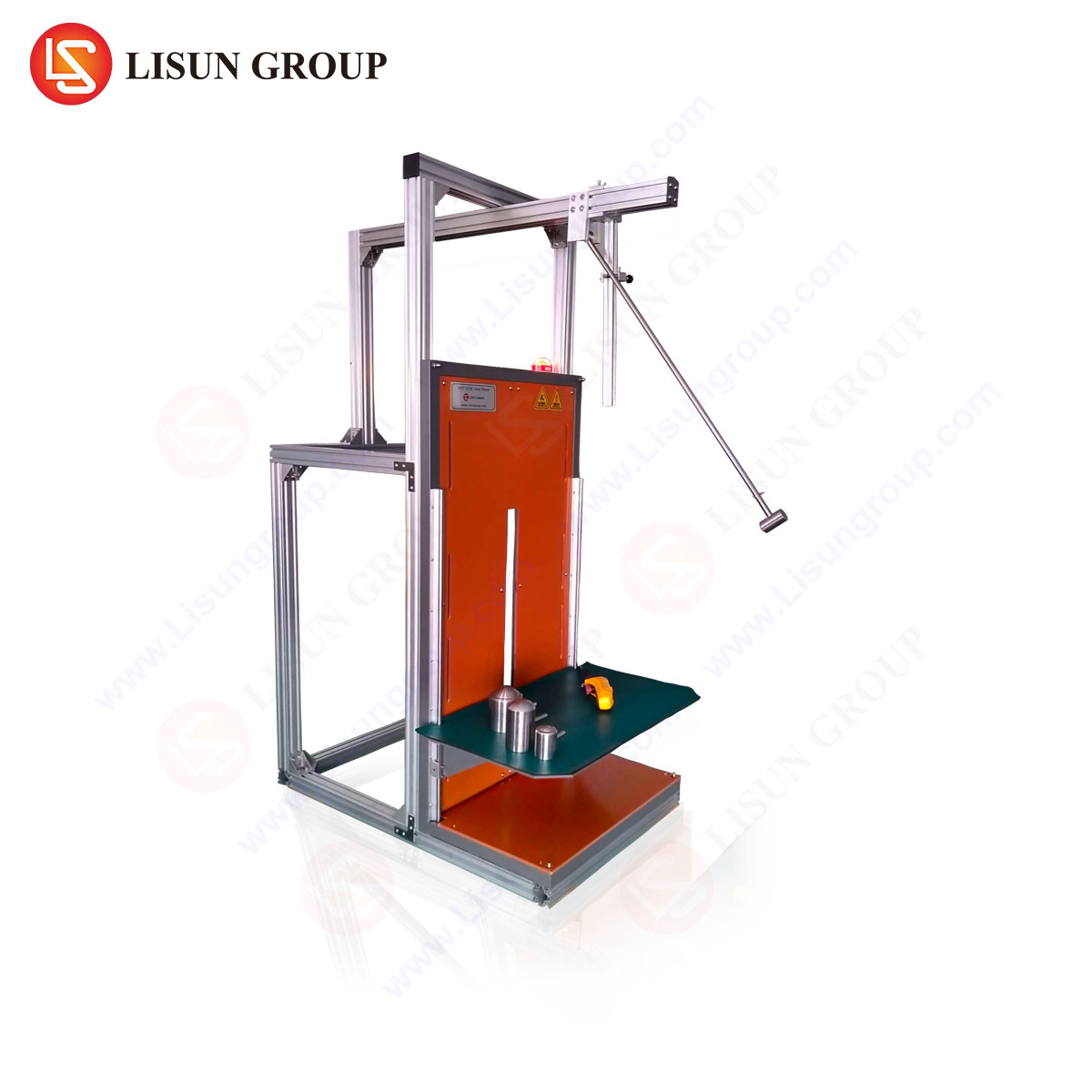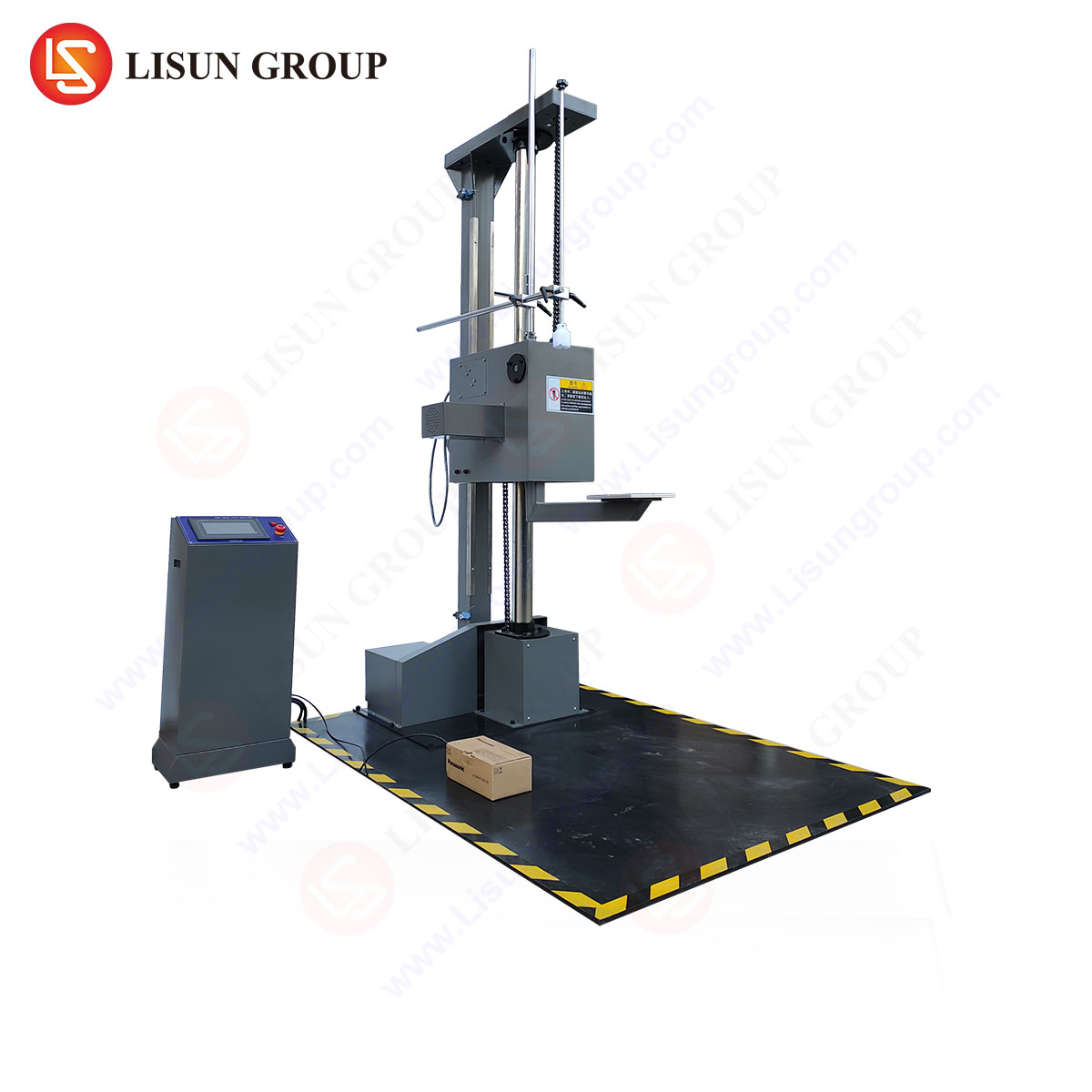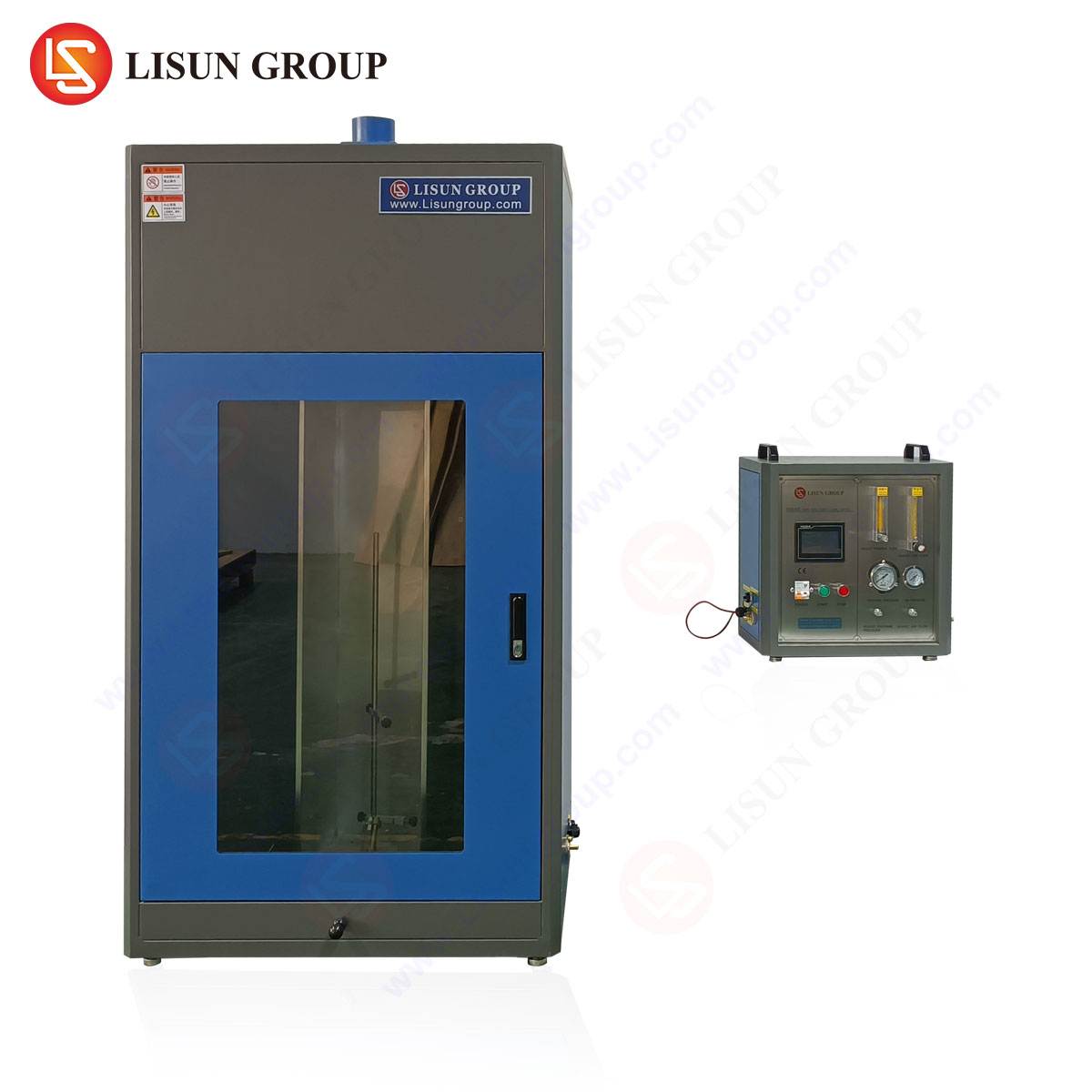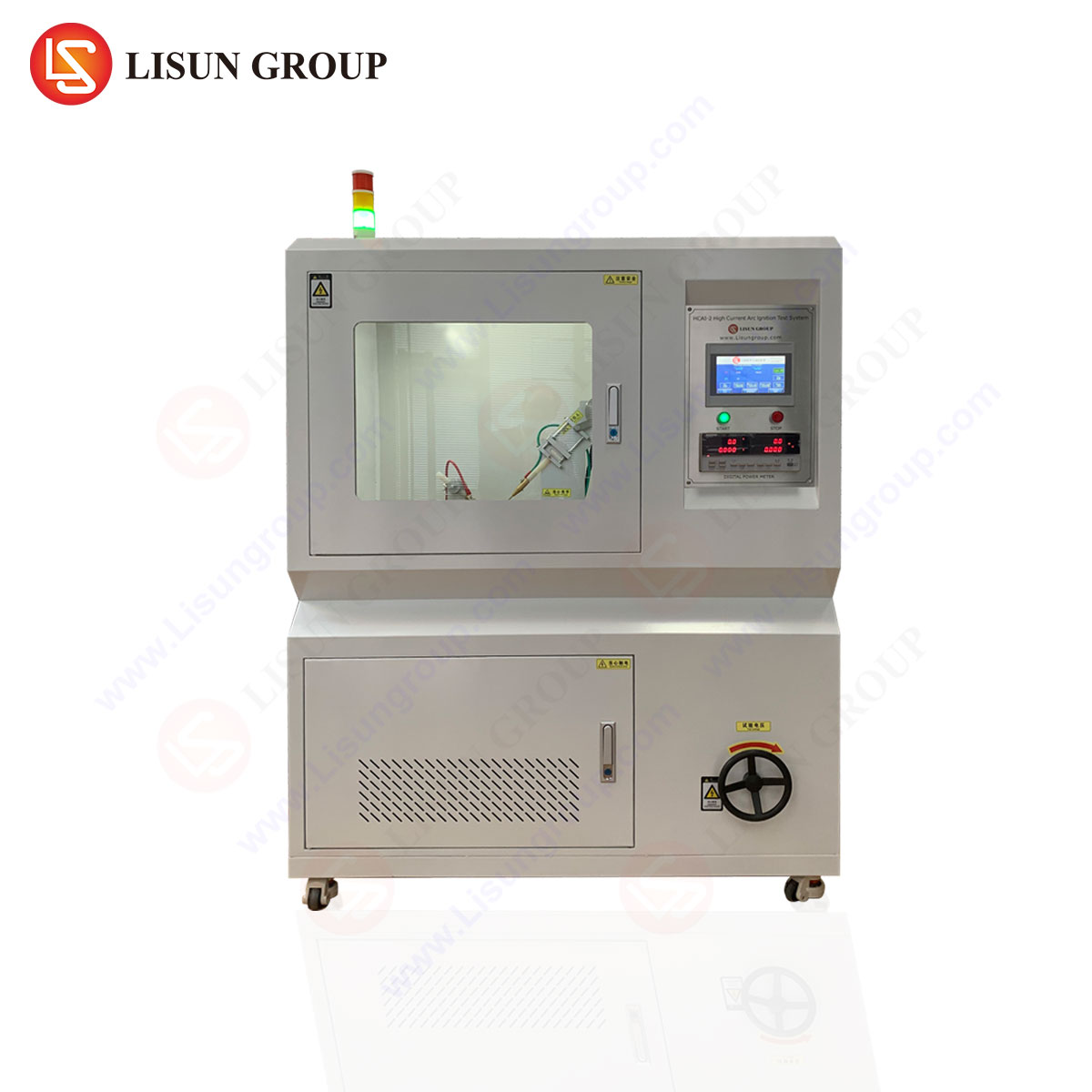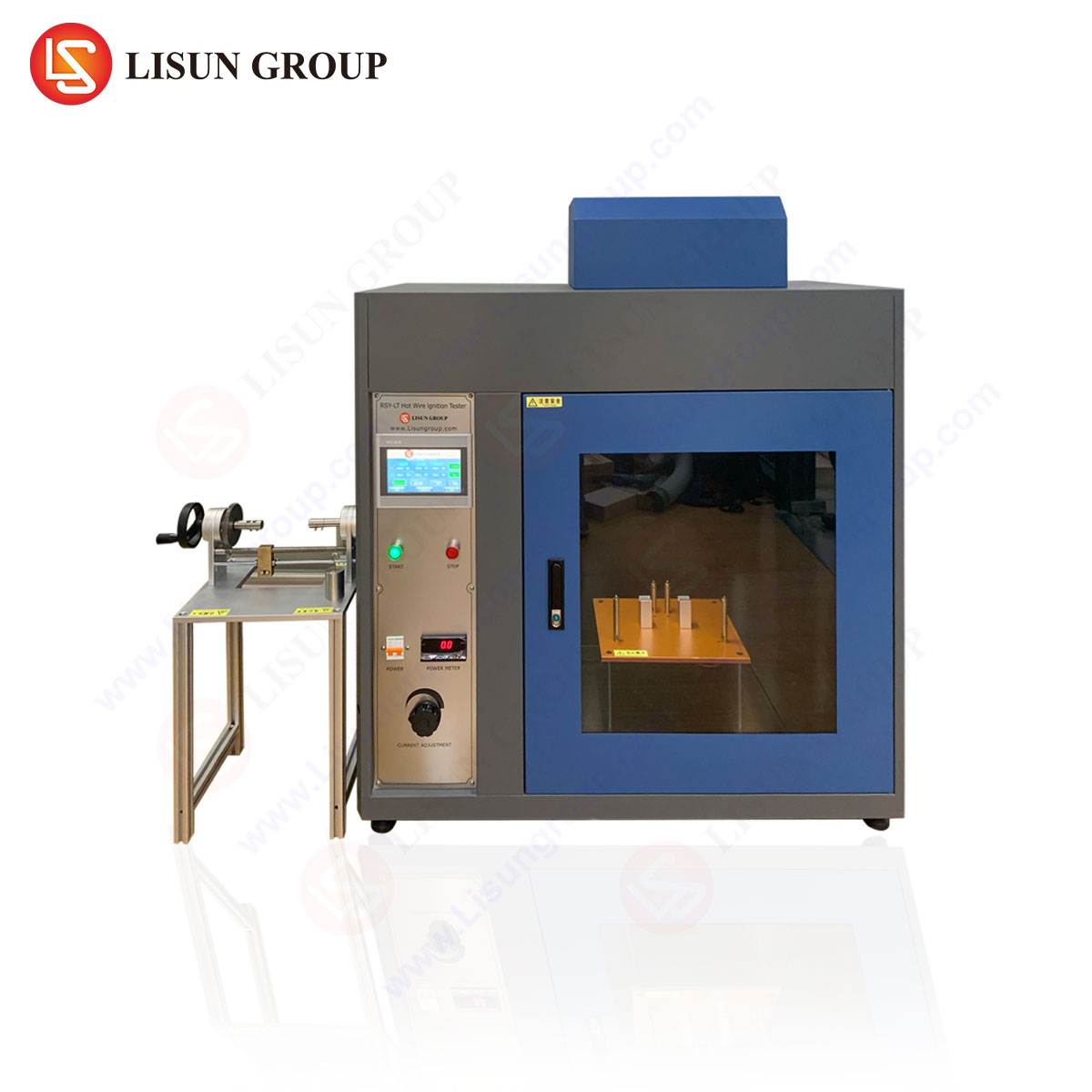Understanding IK Ratings: Mechanical Impact Protection for Enclosures
The IK rating system, defined by IEC 62262 and EN 50102, classifies the degree of protection provided by enclosures against mechanical impacts. Unlike IP ratings, which assess ingress protection against solids and liquids, IK ratings quantify resistance to kinetic energy impacts, measured in joules (J). This standard is critical for industries requiring durable enclosures, including electrical components, automotive electronics, and industrial control systems.
IK ratings range from IK00 (no protection) to IK10 (highest impact resistance, 20 J). Each level corresponds to specific impact energy thresholds, ensuring standardized validation across applications. Compliance with IK ratings mitigates failure risks in harsh environments, reducing maintenance costs and enhancing product longevity.
The Physics of IK Testing: Energy Dissipation and Material Response
IK testing evaluates an enclosure’s ability to absorb and disperse kinetic energy without functional compromise. The test involves a pendulum hammer or free-fall impact device striking the enclosure at defined energy levels. Key parameters include:
- Impact Energy: Ranging from 0.14 J (IK01) to 20 J (IK10).
- Strike Location: Predefined test points on vulnerable surfaces.
- Post-Impact Evaluation: Functional integrity, deformation limits, and crack propagation analysis.
Materials such as polycarbonate, ABS, and reinforced metals exhibit varying energy absorption characteristics. For instance, automotive electronics housings often utilize glass-filled nylon for IK08 compliance, while industrial control enclosures may require steel alloys for IK10 resistance.
리순 IK07-10VT: Precision Testing for High-Impact Applications
그만큼 LISUN IK07-10VT impact test device is engineered for validating IK07 to IK10 compliance, covering impact energies from 2 J to 20 J. Its design adheres to IEC 60068-2-75 and ISO 20653, ensuring repeatability and accuracy.
Key Specifications:
- Energy Range: 2 J (IK07) to 20 J (IK10).
- Impact Mechanism: Adjustable pendulum with hardened steel hammer.
- Test Sample Capacity: Accommodates enclosures up to 1,000 × 1,000 mm.
- Automation Features: Programmable strike sequences and force calibration.
Industry Use Cases:
- Automotive Electronics: Validating dashboard control modules (IK08) against road debris.
- Lighting Fixtures: Ensuring IK09-rated streetlight housings withstand vandalism.
- Medical Devices: Testing surgical equipment enclosures for drop resistance (IK07).
Competitive Advantages:
- Integrated Force Measurement: Real-time impact energy verification.
- 모듈식 디자인: Adaptable for non-standard enclosure geometries.
- Regulatory Compliance: Full traceability to IEC and ISO standards.
Testing Methodologies: From Laboratory to Real-World Validation
IK testing follows a structured protocol:
- Sample Preparation: Enclosures are mounted to simulate operational orientation.
- Impact Application: Strikes are delivered at 120° intervals for comprehensive coverage.
- Post-Test Analysis: Visual inspection, dielectric withstand tests (if applicable), and dimensional checks.
For example, telecommunications equipment undergoes IK09 testing to ensure base station enclosures resist hailstorm impacts. Data centers leverage IK10 validation for server rack durability against accidental tool drops.
Regulatory Frameworks and Cross-Industry Harmonization
IK ratings intersect with multiple standards:
| 표준 | Application Scope |
|---|---|
| IEC 62262 | General IK rating classification |
| EN 50102 | Railway and industrial equipment |
| UL 50E | North American enclosure impact resistance |
| ISO 20653 | Road vehicle component protection |
Harmonization between IEC and regional standards ensures global market access. For instance, a European lighting manufacturer exporting to North America must comply with both EN 50102 and UL 50E.
Case Study: IK10 Validation for Aerospace Electrical Panels
A recent application involved testing avionics enclosures for IK10 compliance. The LISUN IK07-10VT device simulated tool drops during maintenance, confirming zero casing breaches at 20 J impacts. Post-test dielectric tests verified uninterrupted insulation performance, critical for flight safety.
FAQ 섹션
Q1: How does IK rating testing differ from IP testing?
IK ratings assess mechanical impact resistance (joules), while IP ratings evaluate ingress protection against solids/liquids (e.g., dust, water).
Q2: Can the LISUN IK07-10VT test curved surfaces?
Yes, its adjustable mounting system accommodates radii up to 300 mm without compromising strike accuracy.
Q3: What industries mandate IK07+ compliance?
Industrial control systems, outdoor lighting, and automotive electronics frequently require IK07–IK10 due to environmental exposure.
Q4: How often should impact test devices be recalibrated?
Annual recalibration is recommended, or per 500 test cycles, to maintain IEC 62262 compliance.
Q5: Does IK testing replace drop testing?
No—drop testing evaluates product-level fragility, whereas IK testing focuses on enclosure-specific impact resistance.


